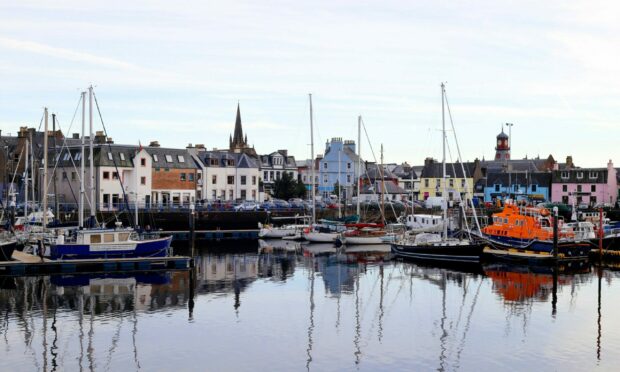NHS Western Isles is encouraging residents across the islands to continue with basic health measures as the region records the highest case count since the pandemic began.
The health board, which covers the Outer Hebrides, has recorded relatively low case numbers since the pandemic began due to its remoteness.
However, cases have been rising with 250 cases recorded over the last 1o days, prompting a rise in the demand for Covid tests.
On February 24, the Western Isles recorded its highest case figure since the start of the pandemic at 56.
The islands also recorded its highest seven-day case rate per 100,000 people at 671.7 since March 2020.
Therefore, the health board is encouraging residents to adhere to the public health measures still in place across Scotland.
Wearing face masks indoors is still a legal requirement in Scotland, while lateral flow tests are free to order for people to test at home.
It also includes a period of self-isolation after a positive Covid-19 test.
However, the current number of people in self-isolation is starting to impact public health services.
Should this trend continue, NHS Western Isles warns that local organisations, services and businesses will be “adversely affected” by continued staff absences.
While cases are on the rise in the islands, the number of patients in hospitals is still consistently low.
NHS Western Isles records highest daily total since pandemic began
While hospital numbers are low, community transmission is reportedly high and could pose a risk to public health in an isolated area of Scotland.
High uptake in people vaccinated on the islands has offset the impact of Covid-19, with 90% of over-12s fully vaccinated.
NHS Western Isles chief executive, Gordon Jamieson, said: “Whilst we welcome increased freedoms and easing of restrictions, Covid-19 is unfortunately not going away.
“We currently have evidence of community transmission in the Western Isles and while the virus continues to spread, it will have a varying impact on people’s lives, both in terms of disruption where self-isolation requirements remain in place and for some, in terms of their health.
“Our communities have worked so hard over the past two years to protect each other and we should all be proud of our efforts.
“We must continue to work together to take the measures that we can, and are able to, to minimise the spread or transmission and disruption, to protect both health and the local economy.”
